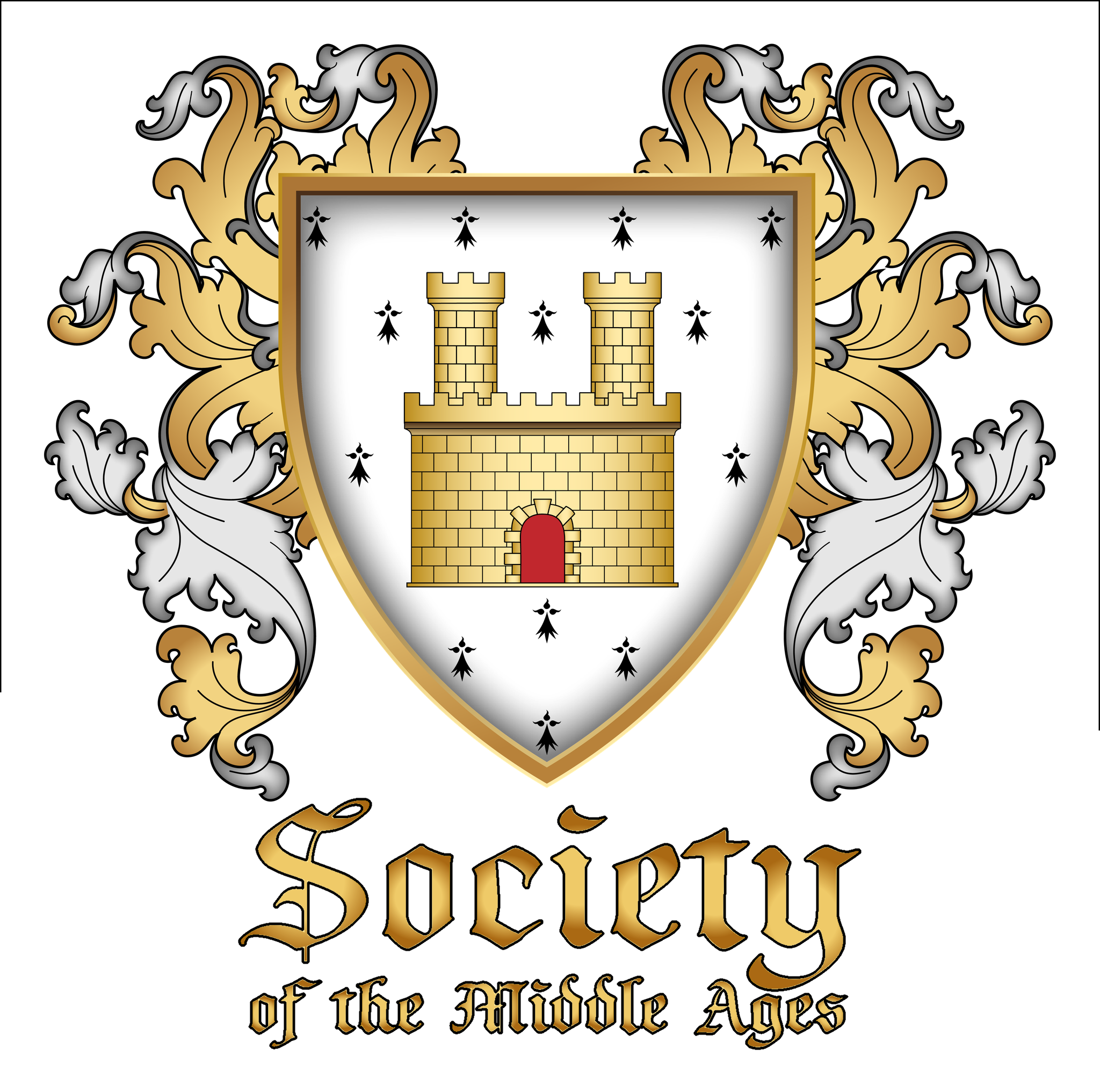Fealty and Homage
As during the real Middle Ages, Fealty and Homage are the glue that binds our Society together.
Throughout most of medieval Europe, governance was a network of personal relationships in which one nobleman became the client of another or of a king, exchanging his services (usually in terms of military support when his king or greater lord needed it) for the right and duty to govern a particular territory. Power was thus granulated and localized, for a lord could only govern a territory small enough that he could directly control it. If he held lands too far from his primary demesne (domain) to control directly, his best option was to give it over to a loyal follower in exchange for his oath of fealty. In this way, the right to govern was spread out in smaller and smaller units to the people who had the ability to govern.
Fealty
Of the two terms, “fealty” was the more general ceremony. A nobleman would kneel before another nobleman or his representative, swear to serve him faithfully, and would receive some small item that represented his new fief. The item could be as simple as a branch or a sack of soil. Its significance was that it represented the fief and could be physically handed over during the ceremony, not that it had any intrinsic value.
Homage
Homage was a more personal ceremony, one that could only occur between vassal and lord. In this solemn ritual, the new vassal knelt before his lord and surrendered to him, offering his joined hands to his lord. His lord would cover the vassal’s hands with his own, accepting the surrender and signifying that he in turn would protect his vassal. In this way, the vassal would become the man of the lord. It’s originally a French term, from the Latin “homo” via the French “homme.” Both terms mean “man.”
That didn’t mean that only men could participate in either ceremony. Women inherited lands and titles, usually because they didn’t have any brothers. Unless they had a husband to carry out the duties associated with the fief – and sometimes when they did, such as when he was elsewhere – women could give and receive both homage and fealty. Women even carried out the duty of leading armies and defending their lands, though they needed to do so less often than men did. When they did, it tended to be under emergency conditions, such as when a lady’s husband took their best knights and other fighters off to the King’s war and she was left to defend their estate from an attacker with whomever she had left.
Fealty and Homage in the SMA
In our medieval Society, both men and women can earn titles and swear fealty and homage. Our nobility swear fealty at the start of each new reign, and this oath of fealty enables the highest-ranking of our knights to act as the Crown’s representative in knighting their followers who have met the requirements for that knighthood. The new knight is in fealty to the higher-ranking knight and, through that knight, to the Crown. If the two knights in the ceremony live in a principality, the chain of fealty passes through the principality Coronets and then to the Crown. Homage is solely a direct ceremony between the Crown or Coronet and one of Their nobles.
Useful Information
Simply click on one of the boxes below to learn more about a subject.
Geography Terms of the SMA
Terms like Shire, Province, March, Castle, etc... can be confusing. Click here to learn the differece between the different levels of group from the local level to the Kingdoms of the Realm!
Nobility and Titles
Learn about what titles and recognitions can be achieved as a participating member of the Society of the Middle Ages.
Fealty and Homage
Learn the difference between Fealty and Homage, and how each play an important rol in the SMA!
The Councils
Learn of the imporance of Councils in the Middle Ages, and how they play a role in the SMA.
The Crown
Learn what The Crown is.
Who are Royal Peers?
Personas
What is a Persona?
What role does it play, and what does it mean to me?
Crowns and Coronets
Learn of the roles of Crowns and Coronets in the SMA, and what titles/positions wear them. Each represents a special honor in the SMA.
Guide to Knighthood in The Society of the Middle Ages
You can also find a wonderully comprehensive Guide to Knighthood that has been put together by Sir Galen of Bristol for all to use! Click Here to access the guide and start your own journey!
Frequently Asked Questions
Vistit the FAQ for answers to very general questions about the SMA.
Local Groups
Find a local group of The Society of the Middle Ages near you! This is a list of the offically recognized groups of the SMA throughout the United States.
Don't see the information you're looking for?
We will add more newcomer information to this page as we hear from you. Please let us know how we can help you, and we will happily answer any questions that you may have!
